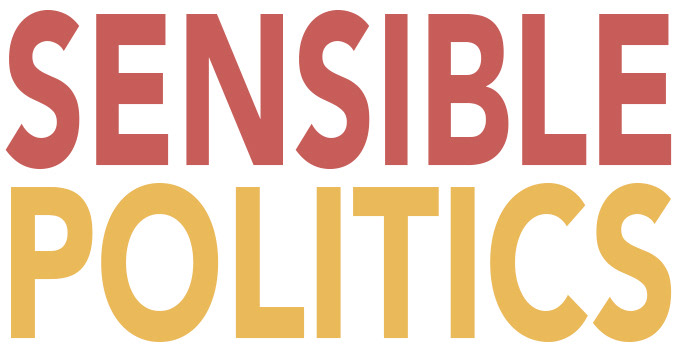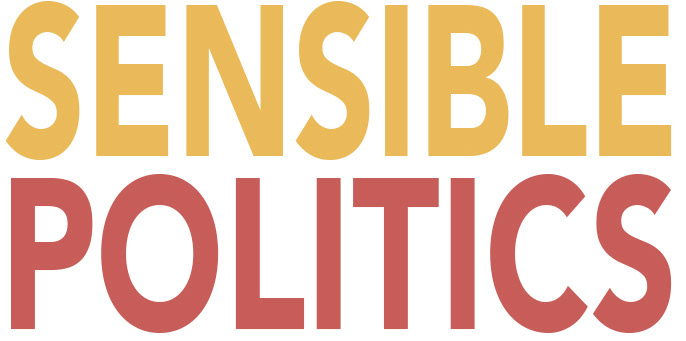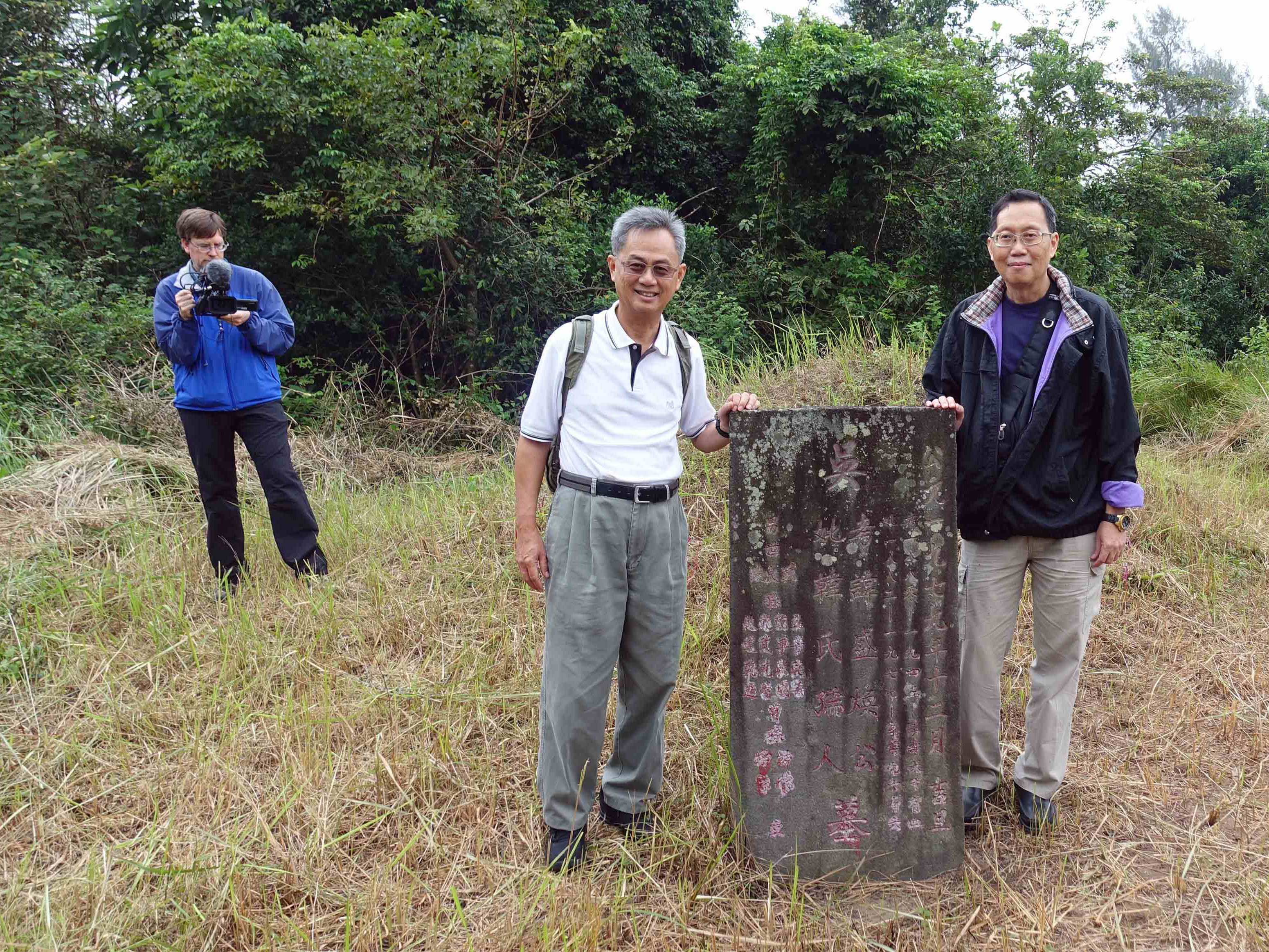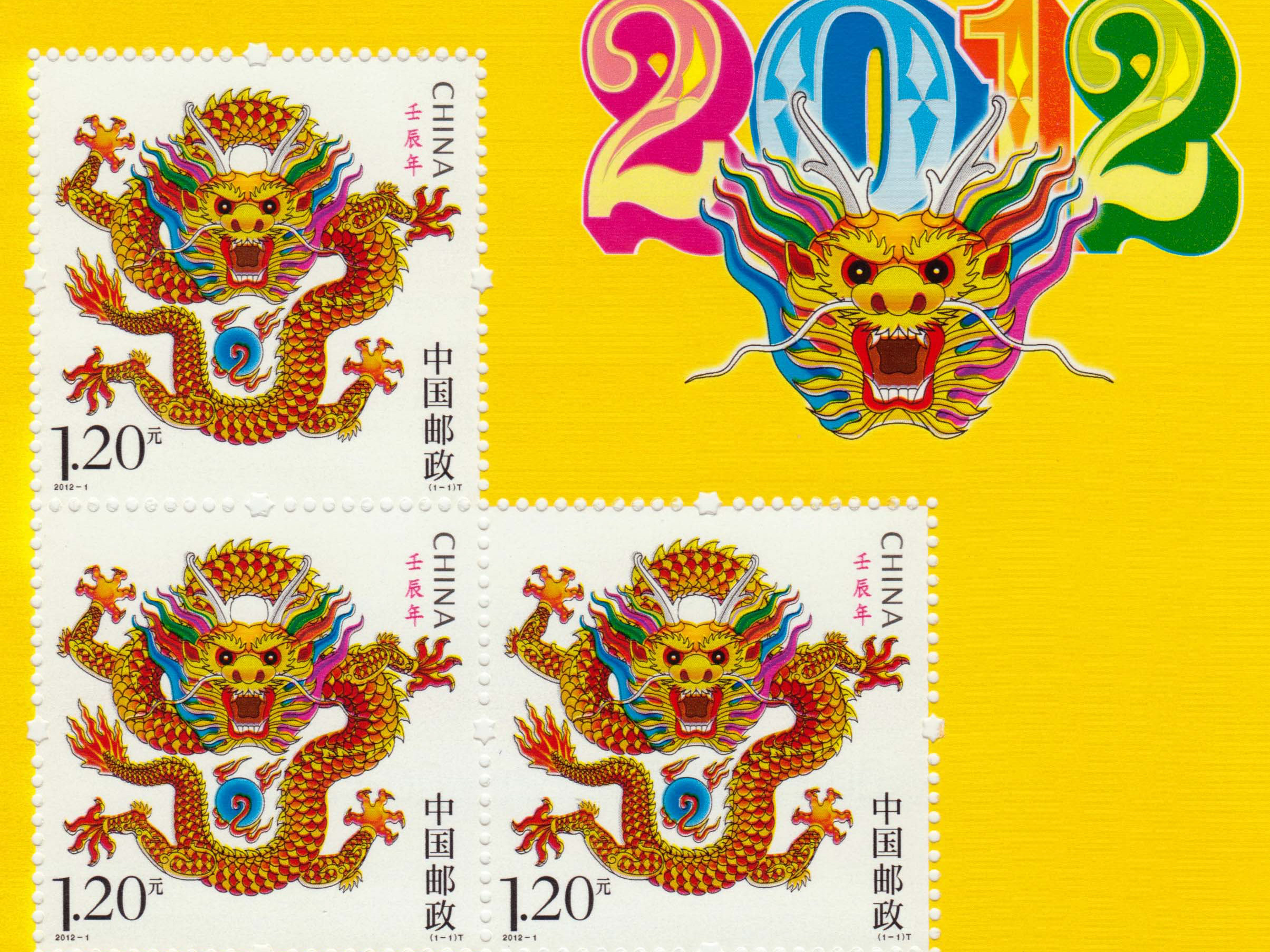It's important to look beyond elite politics to see IR in the politics of everyday life
"Map of China's National Humiliation" (1927) Click here for a high-resolution image
MAPS
China’s national and imperial maps are fascinating because they show how your "worldview" is shaped by how you "view the world," i.e. how you map it.
Maps from the early 20th century show how China’s new modern elites were visualizing their country as a nation-state after the fall of the Qing empire in 1911. This "Map of China’s National Humiliation" (1927) shows how people debated what was included (and excluded) from China’s territoriality: Hong Kong, Taiwan, Korea and/or Thailand? For discussion see here, and here. Early modern Chinese and Korean maps graphically show how imperial elites envisioned the world in terms of the center/periphery relations of civilization/barbarism. Importantly, this were not stable distinctions: the scope of civilization and territory waxed and waned.
Although these 20th century and early modern maps use very different ideologies and cartographies, they work with each other, and respond to each other, to celebrate China’s imperial expansion, lament lost territories, and fight to recover them. These maps all use "map-fare" to visualize China’s ideal territorial expanse, while also worrying about the break-up of the country—concerns that still excite Chinese patriots in the 2020s.
First Lady Patricia Nixon at the US-Mexico border (1971)
WALLS
My research on walls includes the BISA-RIS Best Article of the Year award (2018) for The Politics of Walls: Barriers, Flows, and the Sublime, and two short documentary films: Great Walls: From Ideology to Experience (2020) and You can see CHINA from here (2020). The essay and the films use the Great Wall of China to rethink Trump’s Wall, as both an ideological project of enforcing inside/outside distinctions, and how walls and bridges are "infrastructures of feeling" that provoke affective the experiences of horror and wonder. This photograph of First Lady Pat Nixon visiting the US-Mexico border in 1971 is discussed in the conclusion of Sensible Politics (2020).
“To fully carry out a patriotic public health movement” (China, 1963)
TOILETS
For the past decade, I have been doing video interviews with people about their first impressions of China. Strangely, toilets are a recurrent theme, especially among women. This led to a film toilet adventures (2015) that was nominated for the Research in Film Award (AHRC, 2015), and an academic essay: The Visual Turn in IR: Documentary Filmmaking as a Critical Method.
The goal of the film is to provide a nuanced view of encounters with the unknown—in this case, Chinese public toilets—and show how different people addressed this alien situation, often with good humor: there was a lot of laughing as people recounted their uncomfortable experiences. The article recounts this filmmaking experience to argue that it provides an innovative method for creating new sites and senses of international politics.
Toilet adventures keep reappearing in interviews and in my films, including stories of peeing on the Great Wall of China in Great Walls (2020).
“Ten Types—One People” beauty pageant in Jamaica (1955)
BEAUTY PAGEANTS
While beauty pageants seem passé in Euro-America, they are still very popular in Asia. In addition to providing entertainment, I found that they also deal with familiar IR topics: the classic interview question at the Miss America pageant is about “world peace,” and the Miss Universe pageant reproduces the state-centric logic of the United Nations. Pageants also are sites of the international politics of the body and identity, where gender, race, and class collide.
The international politics of pageants is explored in The Ideology of Miss Thailand in National, Consumerist, and Transnational Space (1998), which I update and reconsider in Cultural Governance and Resistance in Pacific Asia (2006). Sensible Politics (2020) compares the sensory politics of veils and beauty pageants in Asia, the Middle East, and Jamaica.





